2720 Gananoque Drive Mississauga,
ON L5N 2R2 CANADA
How to Help Your Child Learn to Read from an Early Age – Parent Guide to Reading for Ages 3-5
Learning to read is an impressive feat and a big milestone in your child’s young life.
If you are wondering how to teach your child to read, like every lesson, it must start with trying to kindle their passion for learning.
Read on to discover how young children learn to read and the benefits of developing reading skills in early childhood. Then, learn how you and your child’s school can help cultivate reading skills and a love of reading from preschool and up.
When Should a Child Start Reading?
It’s important to know that children develop reading skills at their own pace. Some children begin reading as young as 4 years of age while all children should begin learning to read by 6 or 7 years of age. At MCA we work with students to cultivate reading habits at an early age by engaging with students from Junior Kindergarten.
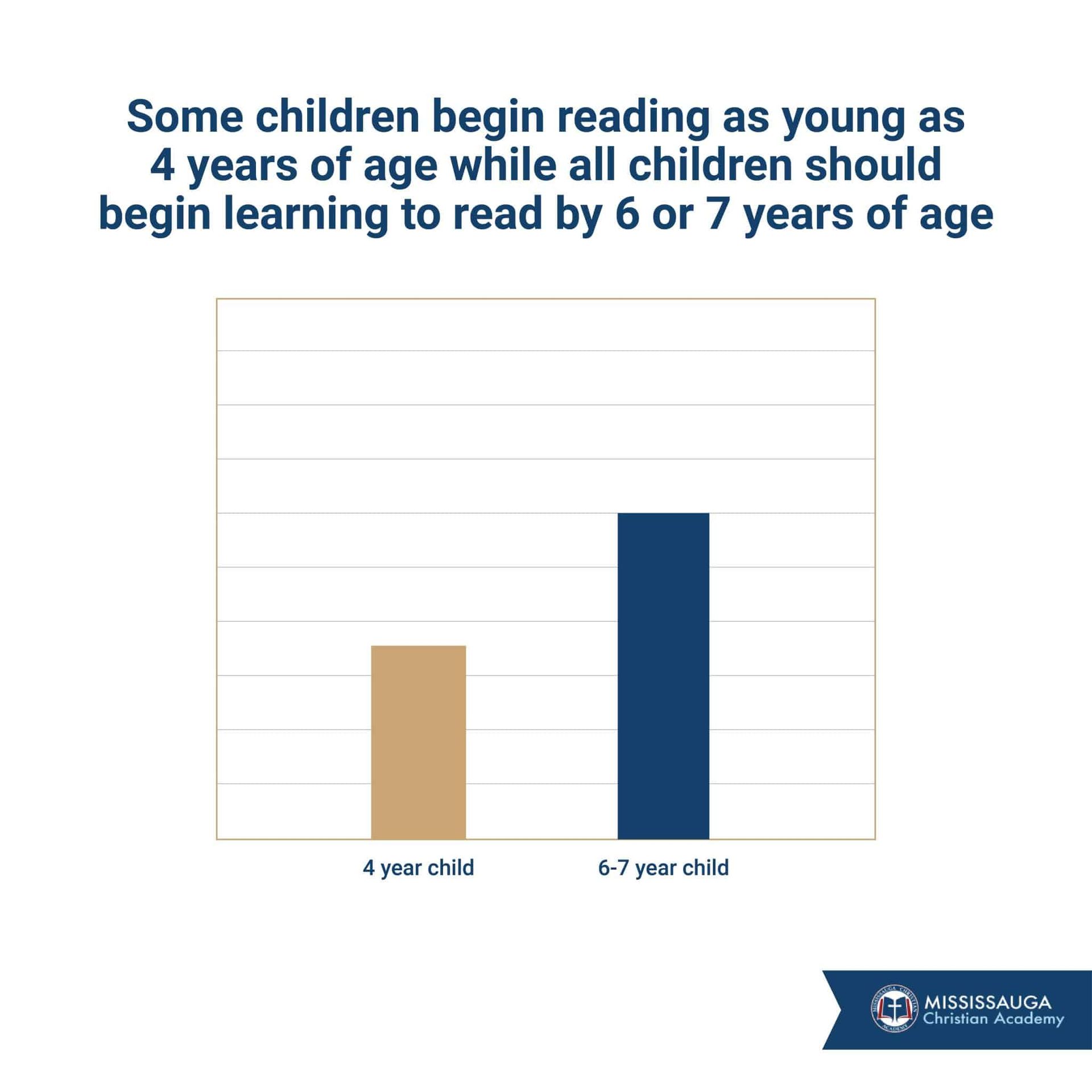
Here’s a breakdown of what reading skills you can expect at different ages:
- By age 2 – They can name items from images, answer questions about what they see in books and recite words to their favourite books.
- Ages 3 (Preschool) – Children can recognize around half the letters of the alphabet, start matching letter sounds to letters, recognize the letters in their names, retell stories and notice rhyming words. They can also handle a book properly and understand that words are read from left to right and pages are read from top to bottom.
- Ages 4-5 (Kindergarten) – Kids can match all letters to sounds, answer questions about a story, start reading simple books, write some letters, numbers, and words, repeat and use language from stories during playtime.
- Ages 6-7 (First and Second Grade) – Children at this age understand spelling rules, recognize words and can read and understand sentences, self-correct when they make a mistake while reading aloud, use context to understand unfamiliar words and connect what they’re reading to other experiences or world events.
- Ages 8-10 (Third Grade and up) – At this age, most children move from learning to read to reading to learn. They can accurately read words with more syllables, correctly use punctuation, learn about prefixes, suffixes, and root words, compare information from different texts and identify and summarize the sequence of events in a story.
Starting early could give your child a head start, although other children are likely to catch up to their level within a couple of years.
In other words, while a young reader may be ahead during their first couple of years of schooling, you shouldn’t expect this alone to keep them ahead, although it can help them in other ways by opening the doors to language (or even multiple languages) and new concepts earlier on.
Scholastic Canada says that 86% of kids between the ages of 6 and 17 are reading “just for fun,” and that’s great news. As a parent, introducing the joy of reading to your young children is a worthwhile endeavour.
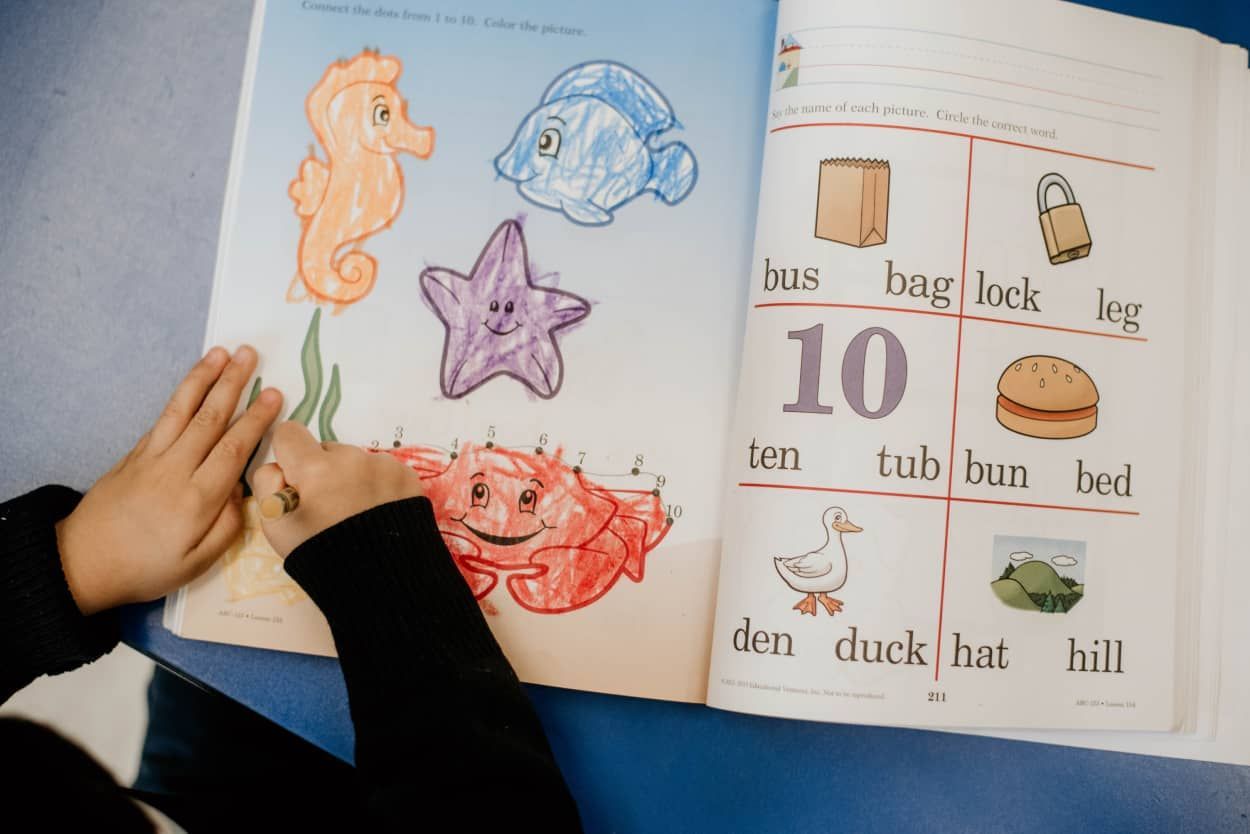
Benefits of Learning to Read in Early Childhood
Helping your child learn to read offers a fantastic bonding experience, but the benefits go far beyond that. Working to kindle a love for reading and learning from a young age also has the following benefits:
- Improved language skills
- Phonemic awareness
- A larger vocabulary
- Strong oral reading skills
- Increased concentration
- Better imagination and creativity
- Increased kindergarten readiness
All these skills translate into better academic preparedness and success, and they will also have a direct impact on your child’s ability to develop and thrive in every situation.
How Kids Learn to Read
Research shows that children are learning to read by identifying letters, or combinations of letters, and connecting them to sounds.
In its basic form, reading requires two things: phonemic awareness (understanding the sounds of spoken words) and a knowledge of phonics (knowing which printed letters correspond to sounds). Beyond that, children then need to learn to attach meaning to the words and phrases they pronounce.
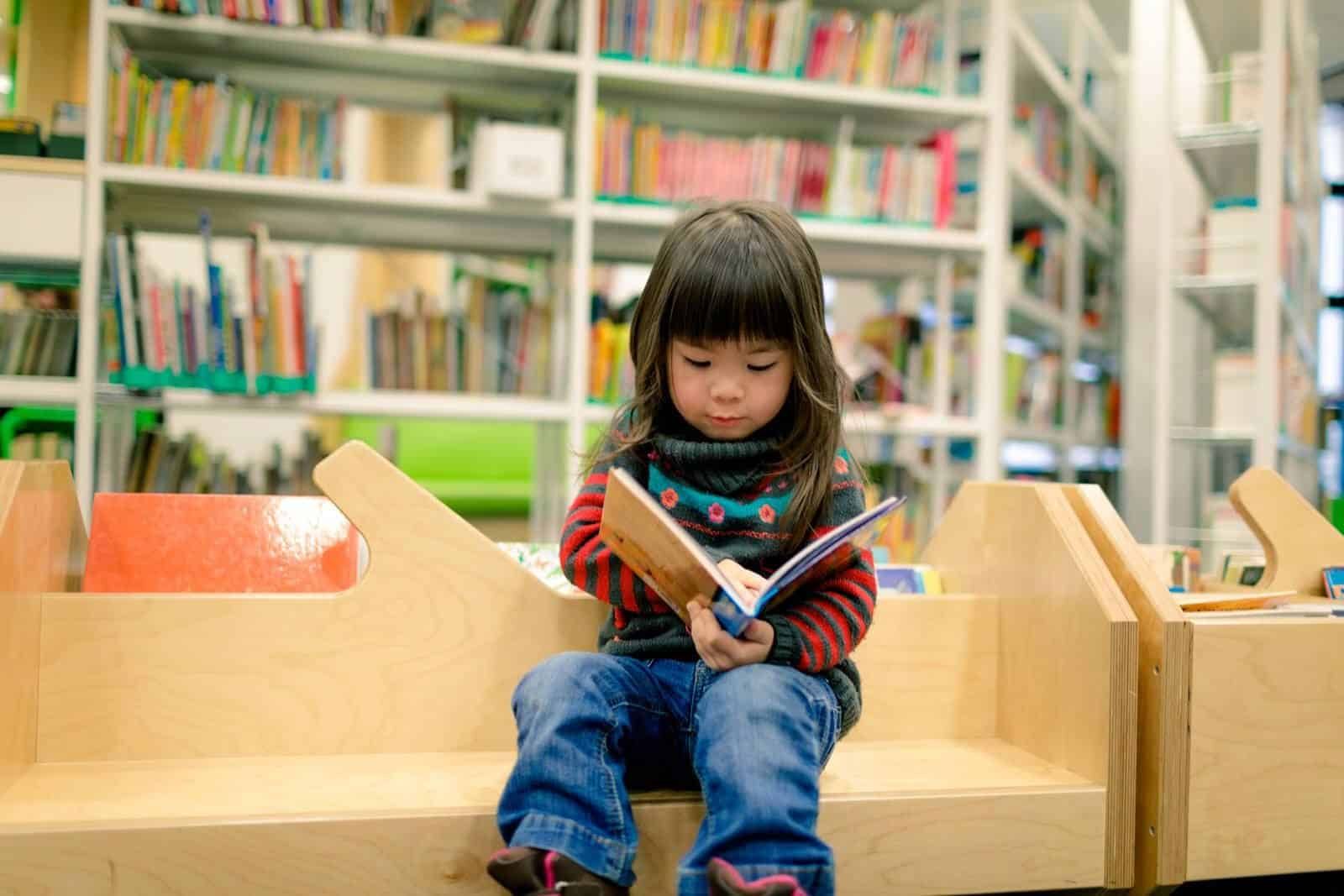
All of this makes one thing very pressing: if a child does not master phonics, they are going to find reading to be a very challenging struggle.
For this reason, more researchers are emphasizing the importance of explicit and systematic phonic instruction. That means children should be led through specific sequences of letters and sounds, which is a practice slowly being integrated into kindergarten reading strategies.
Here at MCA, we have seen evidence of this research and the effectiveness of good phonics instruction firsthand, and that is why we have worked such practices into our very curriculum.
How to Help Your Child Learn to Read at Home
You can begin teaching your 3-5-year-old child to read at home using the same proven methods top schools utilize. For students at MCA, that means systematic instruction on phonics and phonemic awareness accompanied by reading along with your child.
Here are some reading activities you can practice at home with your child:
- Play reading and rhyming games – Have fun with simple games like “I spy” and “guess the word.” You can also play some rhyming games such as the well-known “Banana fanafofanna song.”
- Challenge your child to find objects that start with a specific sound – Play guessing games about your child’s favourite words. For example, what words start with “d-d-d-d-dog” or “m-m-m-mommy.”
- Teach your child to say and spell their name and names of family members – Write your child’s name and have them copy it themselves with alphabet stamps, stickers, or magnets.
- Read books and stories to your child – Read your child’s favourite book and have them use their finger to follow along as each word is read.
- Ask questions and have conversations – Improve your child’s comprehension by asking questions about the stories you read together.
- Encourage visualization – Reinforce your child to create mental images of their favourite stories. Ask them to draw pictures of what is going on or what the characters are thinking or feeling.
- Making reading a habit – Try to read with your child regularly to develop a habit and love of reading from an early age.

For older children and as your child grows more confident and aware of the material being presented to them, you should then begin working on pre-writing and writing exercises, along with vocabulary.
Repeated readings are also useful, and all these things come together to empower an intensive approach to teaching reading that can help even a struggling child become an average or above-average reader.
How Should Your Child’s School Teach Reading
Experts consistently and continuously emphasize the importance of phonics instruction starting in kindergarten and continuing through the Second Grade. Phonemic awareness should be explicitly instructed from kindergarten through the First Grade.
Of course, phonics alone wouldn’t make for an effective school curriculum. Here at MCA, we explicitly teach phonics and phonemic awareness alongside reading comprehension, oral reading, and writing.
These skills combine to help children not only read aloud and pronounce words properly but understand the words they are processing and the meaning behind them.
Read-aloud sessions also play a big role, as it helps expand on vocabulary and content knowledge by having teachers read along with students and aid their understanding of the material.
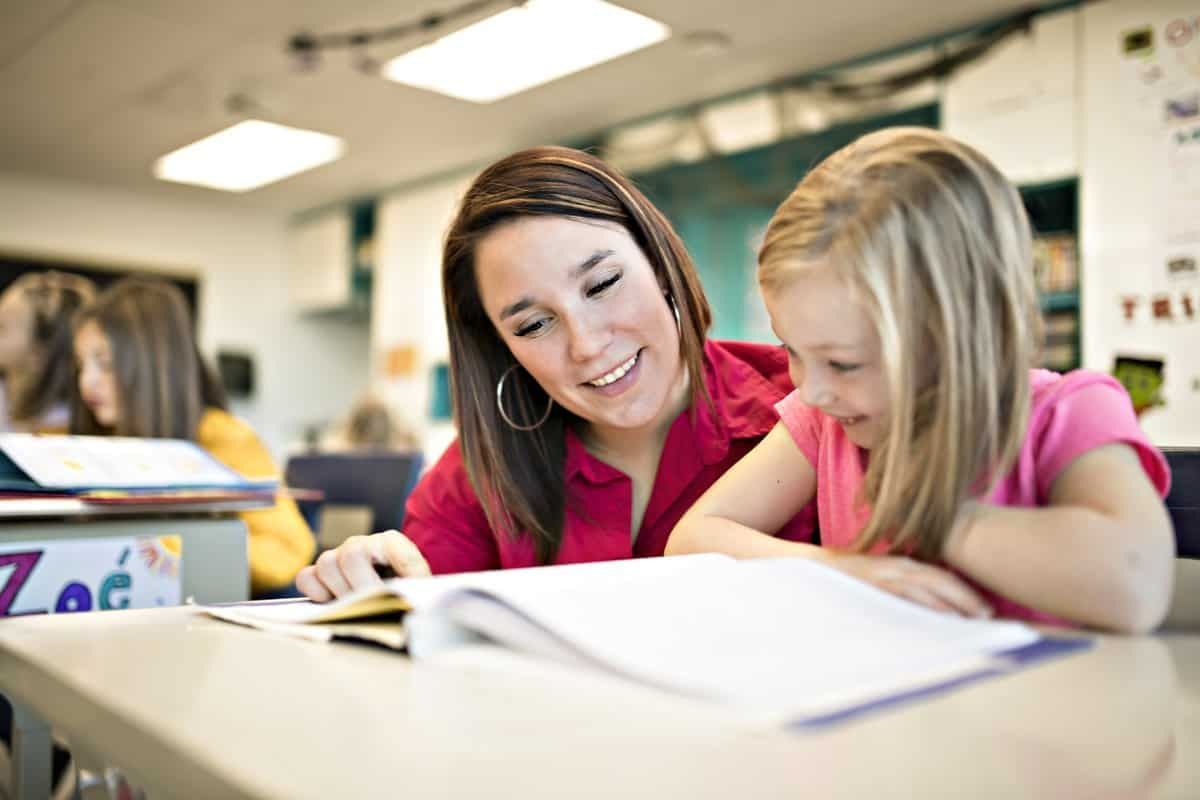
How to Know if Your Child’s Reading Curriculum Is Effective
Most every reading curriculum will be based on some research-backed elements, but the structure of the program can have a major impact on how successful students are. When evaluating your child’s reading curriculum, your teacher or school’s program administrator should be able to answer these three questions accordingly.
1. What Is Your Phonics Scope and Sequence?
Every research-based curriculum will have a very clearly defined scope and sequence for instructing phonics, and this will be the core of the instruction for grades K-3.
2. Do You Have Decodable Readers to Practice Phonics?
Decodable readers are short books that use words that align with the child’s current curriculum of the letters and sounds they’re working to memorize. These books are necessary for helping children get the practice and application needed to reach mastery.
If decodable readers are not being used, ask teachers if they are using books where words can be fully sounded out based on the phonics skills they’re teaching.
Allowing children to guess at any part of a word will hinder progress and engrain bad habits, like poor pronunciation skills.
2. Do You Have Decodable Readers to Practice Phonics?
Aside from reading aloud, science and social studies lessons combined with informational texts all help to expand children’s background knowledge and vocabulary.
Your follow-up question should be, “How often do students partake in this instruction?” Ideally, it should be the majority of young readers’ curriculum.
3. How Are You Expanding Students’ Vocabulary?
Aside from reading aloud, science and social studies lessons combined with informational texts all help to expand children’s background knowledge and vocabulary.
Your follow-up question should be, “How often do students partake in this instruction?” Ideally, it should be the majority of young readers’ curriculum.
Getting Answers to The Right Questions
Literacy is an essential milestone in every child’s life. With numerous benefits to developing reading skills from early childhood, you need to practice with your child from a young age and choose a school with a modern and effective curriculum.
Here at MCA, we are proud to offer a research-based curriculum that encourages avid readers from a young age.
Curious to learn more? Reach out to us and we will be happy to answer all your questions regarding how we help children like yours learn (and love) to read.
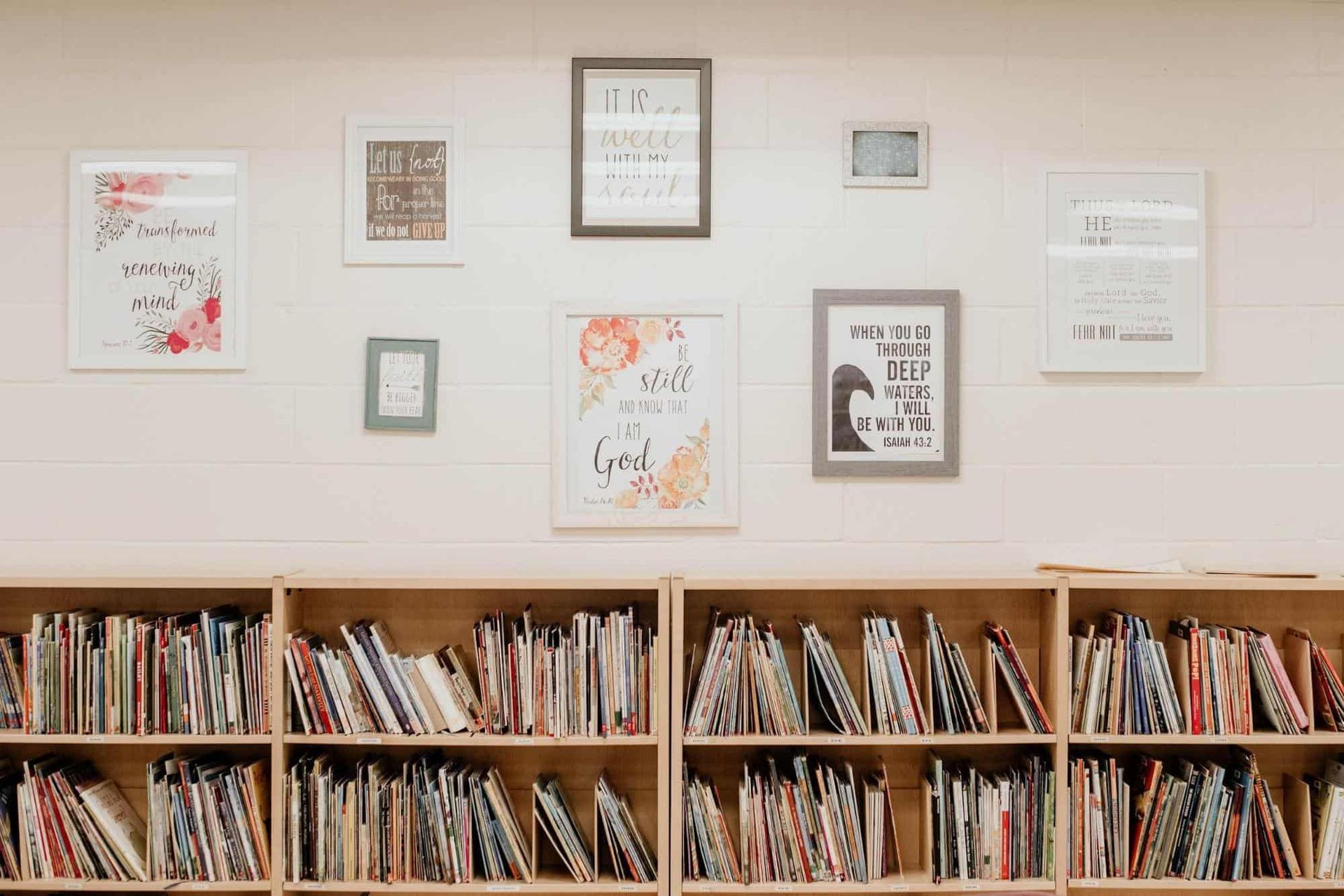





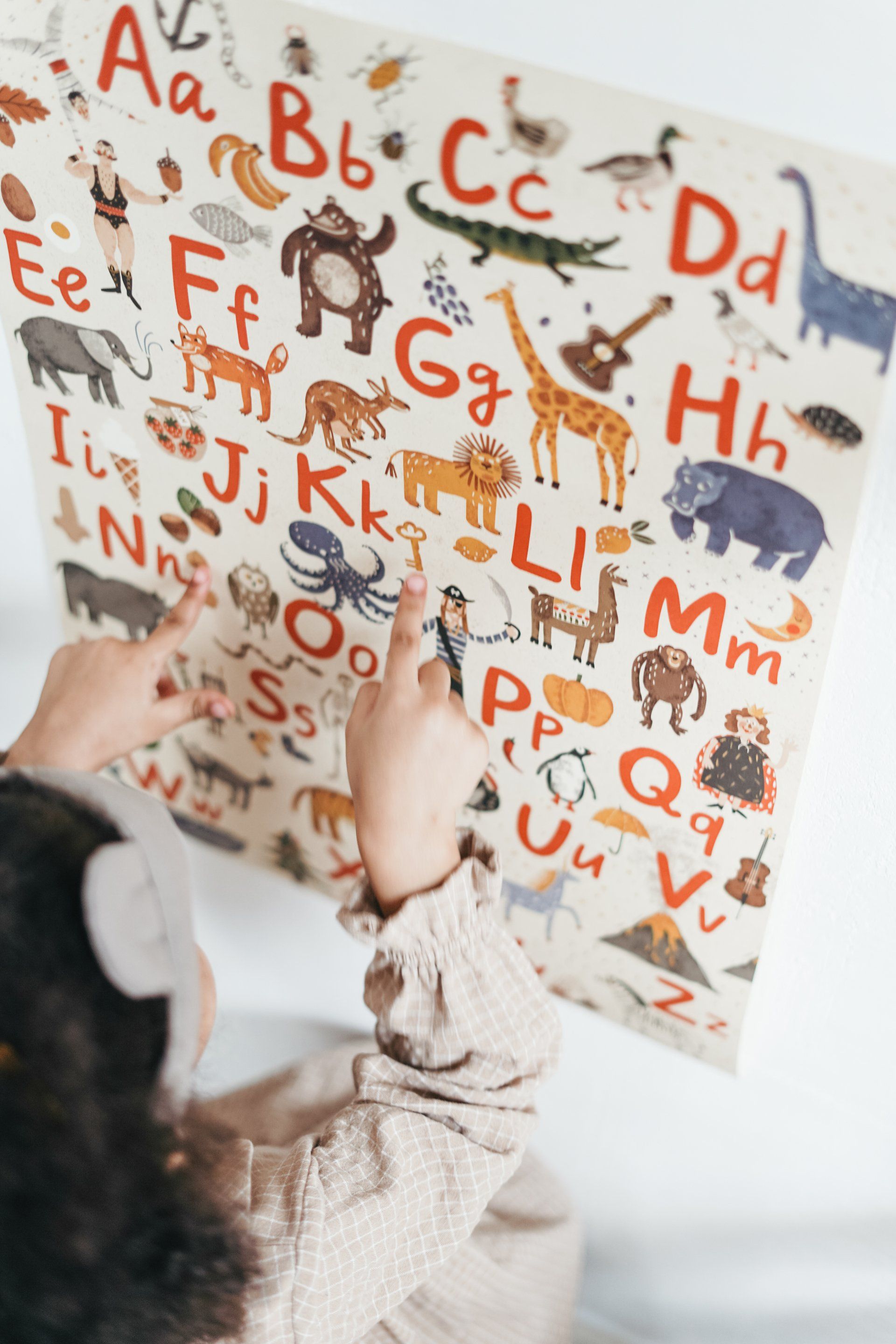

Mississauga Christian Academy is a Christian Private School in Mississauga, Ontario. MCA serves a diverse student population and is focused on preparing young people for high school success.
All Rights Reserved | Mississauga Christian Academy | Privacy Policy
Mississauga Christian Academy
2720 Gananoque Drive Mississauga,
ON L5N 2R2 CANADA
+19058264114
info@mcalearn.com